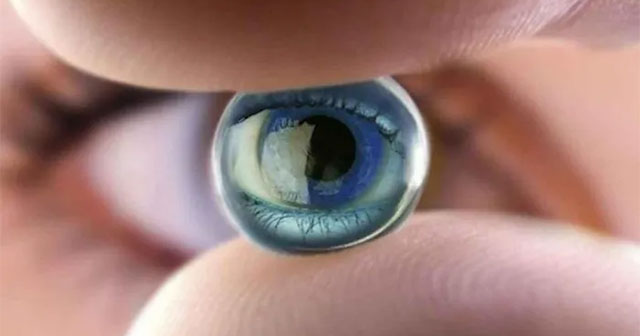
Hope has been reignited for people who have lost their sight due to retinitis pigmentosa (RP) and age-related macular degeneration (AMD).
Restored Vision for Blind Retinitis Pigmentosa Sufferers
Science, a startup based in Alameda, California, has invented the Science Eye, a visual prosthetic intended to restore vision in people with retinitis pigmentosa.
"The Science Eye [is] a visual prosthetic targeting retinitis pigmentosa (RP) and dry age-related macular degeneration (AMD), two severe blinding conditions that currently have no good options for patients," Science explains in an introduction.
The company notes that the device will not work for those with glaucoma or cataracts.
"In diseases like RP and dry AMD, the light-sensing cells at the back of the eye â€" the photoreceptors â€" have died, however, the retinal ganglion cells are still alive.
"By delivering a gene to retinal ganglion cells, we can make them excitable with light using a tiny display implanted in the eye," Science says on its website.
Science's Breakdown of Their 'Bionic Eye'
The Science Eye is a "fully integrated device" with two key components:
- Implant: The implant includes a wireless power coil and a thin, bendable, micro-LED array that is placed directly on the retina.
- Display: A tiny, high-resolution, bendable display is surgically implanted over the retina to enable precise control of the newly light-sensitive ganglion cells.
The Science Eye Procedure
During the surgical procedure, the implant is inserted into the eye, and the display is slipped in through an incision. The implant is then anchored in place, and the display is positioned over the retina. The surgery is significantly less invasive than other procedures such as cataract surgery.
The electronics are similar in size to commonly used glaucoma drainage tubes, which are routinely placed without general anesthesia and which patients cannot feel once they are in place.
The Second Element
The second component is a pair of rimless eyeglasses similar in shape and size to regular prescription eyeglasses, containing a tiny infrared camera and inductive power coil.
After the surgery, the eye will receive enough digital image information to avoid obstacles while walking outdoors.
The company explains that making retinal ganglion cells light-sensitive does not guarantee restored vision, as "the signal sent down the optic nerve is very compressed compared to the image that forms on the photoreceptors through the lens of the eye," and that "this compressed data is all the Science Eye implant will stimulate in the optic nerve."
After Surgery, No Images, but Digital Information
Science assures that the Science Eye can help a user "walk down the street without getting hit by a car." The company says that clinical trials for the Science Eye are set to begin within the next 18 months.
According to the National Eye Institute (NEI), retinitis pigmentosa is a group of rare eye disorders that affect vision by causing the cells in the retina to break down slowly over time, eventually leading to blindness. It is a condition people are born with, and symptoms usually begin in childhood.
This breakthrough offers hope for people with these two conditions.
Science is led by CEO and co-founder Max Hodak, who was previously a founder of tech billionaire Elon Musk's controversial company Neuralink.
Science is not alone in pursuing ways to restore vision to those with these conditions. Paris-based biotech company GenSight Biologics and New York-based Bionic Sight are also testing optogenetics, a type of gene therapy that uses an injection into the eye to deliver a protein called opsin to make retinal cells more light-sensitive.
